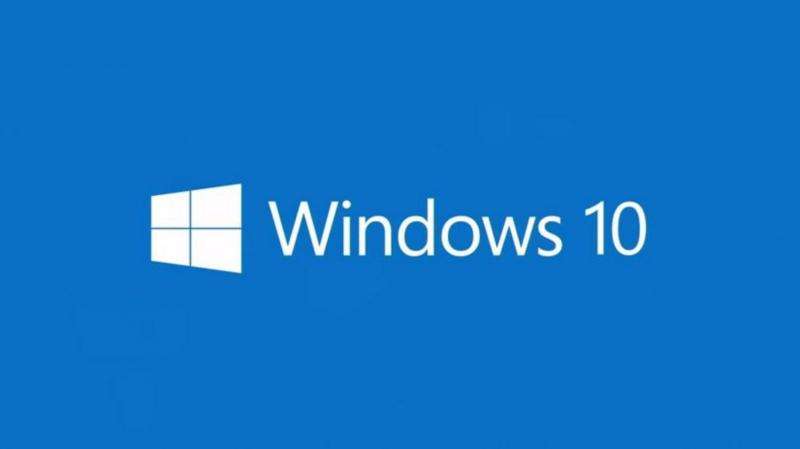

The Department of Defense is embarking on a program to update millions of its computers to Windows 10, an unusually quick move for one of Microsoft’s massive government customers.
Microsoft highlighted the department’s plans in a pair of blogposts Wednesday, but the news emerged in a little-noticed November memo by Terry Halvorsen, the Pentagon’s chief information officer.
Halvorsen said the department must rapidly transition to Windows 10 to improve cybersecurity and streamline and lower the costs of its information-technology footprint. He set a goal of completing the migrations by January 2017. It’s unclear what the project will cost.
About 4 million devices are slated for updates as part of the program, said Susie Adams, chief technology officer with the Microsoft group responsible for sales and support to federal-government clients. “This is an unprecedented move for the DoD,” Adams said.
It is the largest single deployment of Windows 10 since its release six months ago, she said.
Sprawling federal agencies are rarely quick adopters of new software, and the Pentagon’s embrace of Windows 10 is likely to be read as an endorsement of the software’s security features and stability, analysts say.
“The speed at which they’re doing the deployment is shocking to me,” said Patrick Moorhead, president of Moor Insights & Strategy, an independent research firm “A year? That’s fast. The DoD is normally last to deploy something.”
Typically, Moorhead said, government agencies wait to see what vulnerabilities hackers find in new software, and consider updating when later versions or the government’s own security workers have patched those vulnerabilities.
That hesitance, along with the massive scale of government agencies and a lengthy budgeting and review processes, has left the DoD with a patchwork of operating systems, from Microsoft’s ancient Windows XP to Windows 7, and a smaller portion of software made by other companies, Moorhead said.
Windows 10 was released in July to generally positive reviews. Businesses were said to be more comfortable with Windows 10 than its widely panned predecessor, Windows 8.
Microsoft said last month that more than 200 million personal computers, Xbox game consoles and smartphones were running the operating system.
The Seattle-area company has touted Windows 10 security features like integrated fingerprint and face scanning and a feature that walls off the operating system’s core functions to prevent them from being infected by malware.
Government clients, much like big businesses, usually buy Microsoft’s operating system as part of multiyear service and technical-support packages that give them the option to upgrade to the latest software at no added charge.
It’s unclear what the labor and other elements of the Windows 10 upgrade effort will cost. In his memo, Halvorsen advised the services and agencies within the DoD to “include developing cost estimates” in their plans.
For Microsoft, the hope is the Pentagon’s apparent comfort with Windows 10 nudges big businesses to make a similar move, said Bob O’Donnell, president of Technalysis Research.
Technology buyers “can look at this and say, ‘And those are the people keeping us safe,'” O’Donnell said. “This is a big win for Microsoft.”
[SOURCE :-phys]
